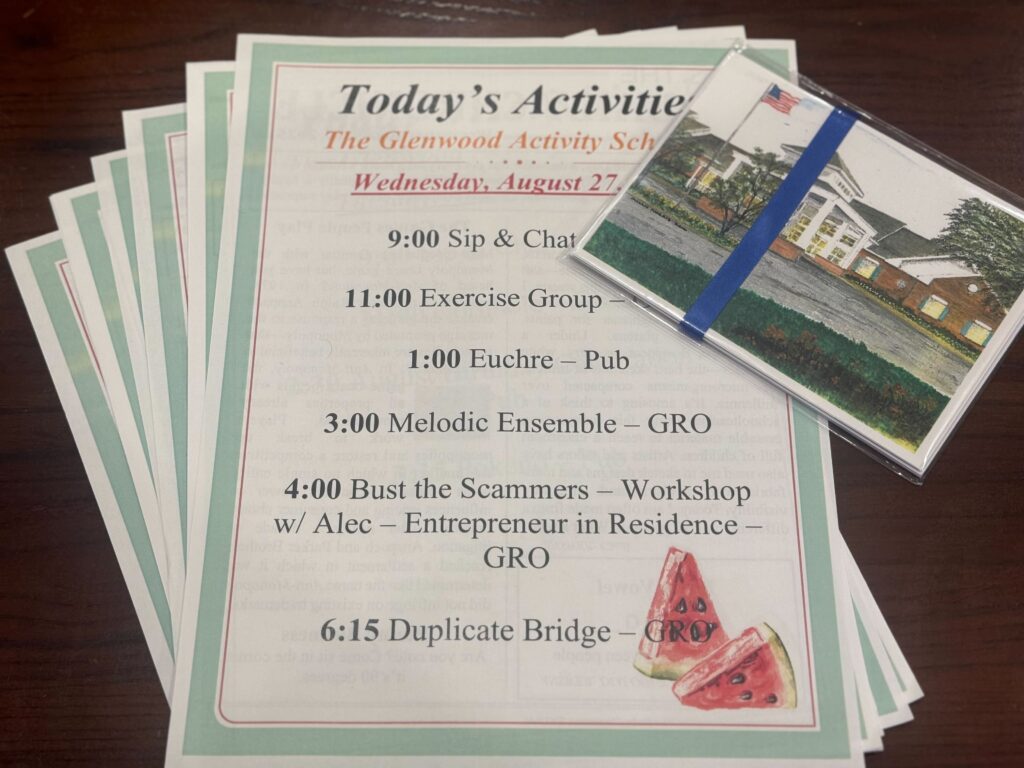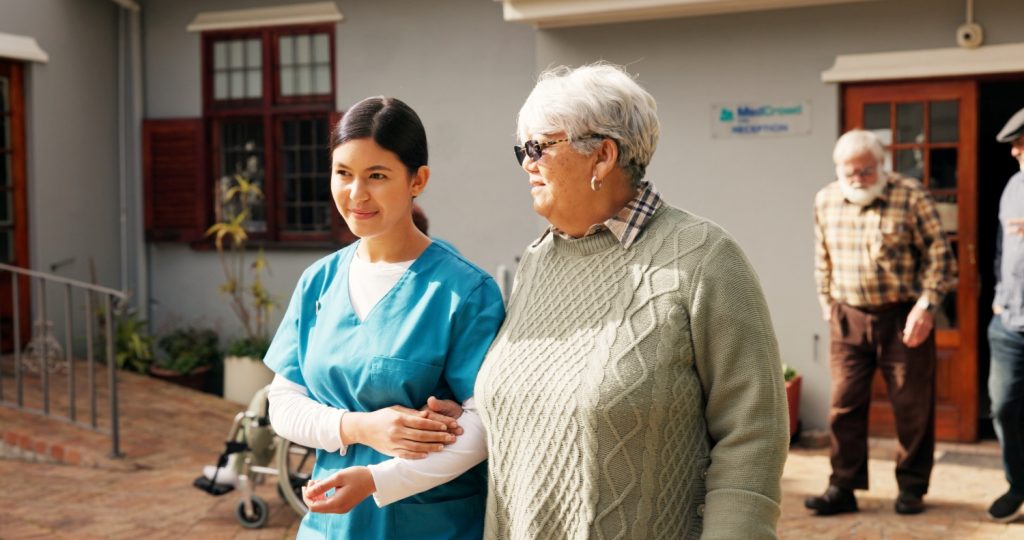A recent memo from Transportation Secretary Sean Duffy, instructing the Department of Transportation (DOT) to prioritize funding for communities with higher birth and marriage rates (the secretary has 9 children), fundamentally misunderstands how to best support today’s multigenerational families. If implemented, the directive will not only hurt blue states and coastal cities like San Francisco, but also inadvertently harm a key constituency across the country with a growing need for robust public transportation and safe streets: older adults.
Effective immediately, the undated memo reads, “To the maximum extent permitted by law, DOT-supported or -assisted programs and activities, including without limitation, all DOT grants, loans, contracts, and DOT-supported or -assisted State contracts, shall prioritize projects and goals that … mitigate the unique impacts of DOT programs, policies, and activities on families and family-specific difficulties, such as the accessibility of transportation to families with young children, and give preference to communities with marriage and birth rates higher than the national average.”
As the eldest of four, I’m more than sympathetic to supporting large families with multiple children. My sister with five children of her own and a stepdaughter lives in San Tan Valley, Arizona, a growing community an hour outside Phoenix. I can imagine how much families like hers in similar sprawling suburban areas would welcome easier commutes and help meeting the transportation needs of their swelling broods. As a lifelong New Yorker who never learned to drive, I always enjoyed the novelty of visiting her lovely planned community with amenities such as a pool and hot tub, but before long, I’d feel stranded, dependent on her for a ride to the closest supermarket more than 2 miles away.
Lasting about four days at most, I gained a deeper understanding of the predicament faced by elders I came to know while researching my book on growing old in New York City, when they expressed an aversion to moving in with family who lived in far-flung, car-dependent regions across the country.
The DOT memo’s language implies a narrow and unrealistic view of today’s diverse families.
The memo’s stated preferences for distributing scarce transportation resources discriminate against older adults and weaken the ability of everyone to age in our communities. Polls consistently show the vast majority of people ages 50 and older, 75% of those surveyed in a recent AARP poll, want to “age in place,” that is, remain in their homes and communities independently for as long as possible.
Many elders live alone, a percentage that increases with age, with 43% of people ages 75 and older living on their own, according to the most recent Census. Research finds that removing transportation barriers for older adults so they can attend medical appointments and social activities is crucial for thriving in late life and reducing the need for expensive institutional housing options, such as nursing homes. A key component of creating age-friendly communities is to ensure that elders who can no longer drive do not become unnecessarily isolated and lonely, which has a host of negative health effects, including increased risks for high blood pressure, heart disease, obesity, a weakened immune system, anxiety, depression, cognitive decline and Alzheimer’s disease.
Boosting neighborhood walkability and investing in infrastructure improvements, such as sidewalks, crosswalks, and traffic-calming measures, supports people of all ages and forms the backbone of DOT’s activities to advance “Complete Streets,” defined on their website as, “…streets designed and operated to enable safe use and support mobility for all users. Those include people of all ages and abilities, regardless of whether they are travelling as drivers, pedestrians, bicyclists, or public transportation riders.”
Pedestrian fatalities reached a 40-year peak in 2022 and remain stubbornly high, according to a report from the Governors Highway Association. Adults ages 65 and older have a higher risk of pedestrian death, a statistic made tragically clear in my corner of academia when a legendary and much beloved 77-year-old retired sociology professor at UC Berkeley, Michael Burawoy, a mentor to me and generations of sociologists, was killed recently in a hit-and-run car accident while walking in the crosswalk in Oakland, Calif.
The DOT memo’s language also implies a narrow and unrealistic view of today’s diverse families, seeming to overlook that married couples with young children aren’t isolated units but often members of multigeneration families that span different geographical areas. Robbing Peter to pay Paul, or grandma to pay junior, just distributes the pain differently. Many parents shoulder caretaking responsibilities as part of the sandwich generation, caring for children under 18 and older relatives. Depriving regions based on marriage and birth rates will worsen conditions in areas with a concentration of older adults, increase their dependency, and especially hurt elders in rural areas, who already face unmet social needs, including transportation availability. In turn, allowing such deterioration will burden younger generations already struggling to ensure aging parents, for example, can access essential services such as healthcare.
Rather than employing ideology as social policy, we could approach this memo as an opportunity to collaborate across age groups and household arrangements. Engaging in collective assessment with key stakeholders will bring us closer to solutions that address the infrastructure needs of families straining to take care of each other and promote thriving, age-inclusive communities. But pitting grandma and grandpa against adult children and grandchildren to compete for limited resources sets up a game of musical chairs where nobody wins, especially if our most vulnerable family members end up on the ground without a seat at the table.
Stacy Torres is an assistant professor of Sociology in the Department of Social and Behavioral Sciences at the University of California, San Francisco and author of At Home in the City: Growing Old in Urban America.













